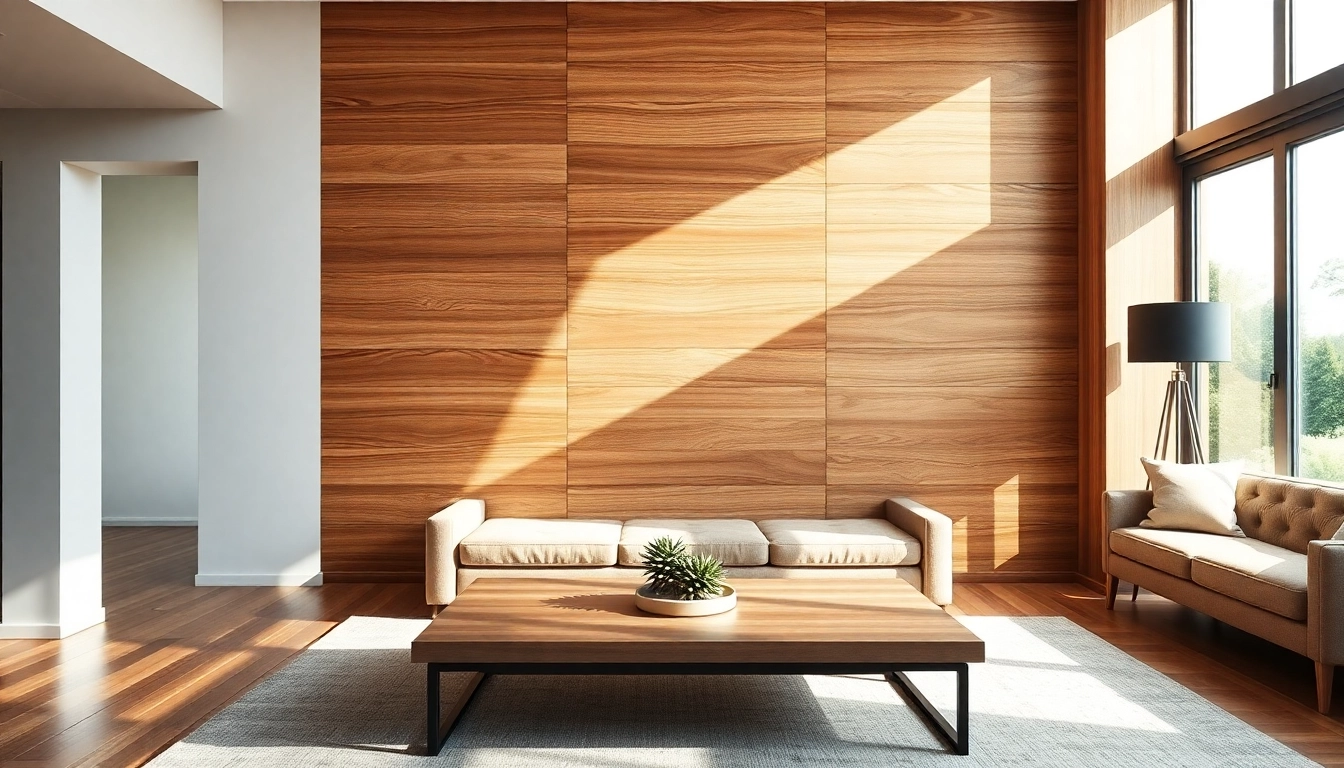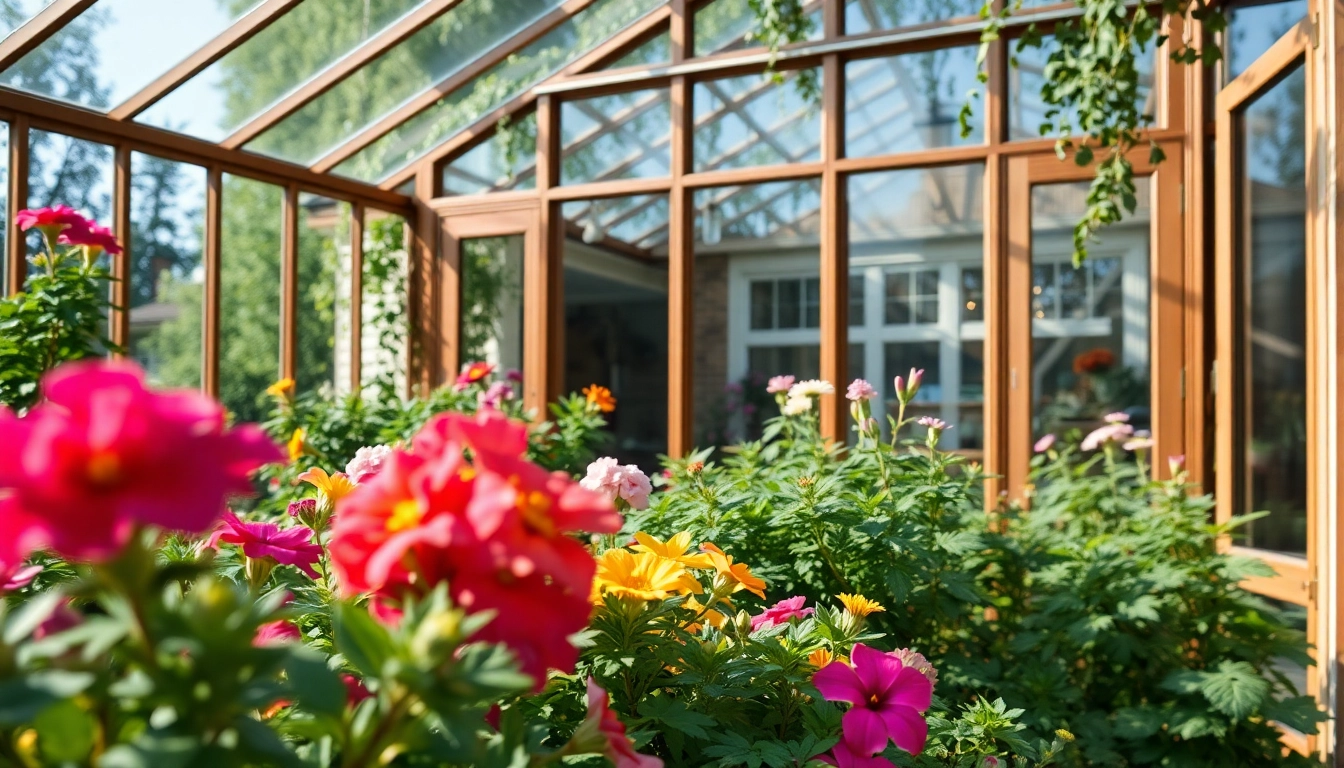
Introduction to Wood Wall Covering
In the world of interior design, wood wall covering has emerged as a transformative element that enhances both aesthetics and functionality. With its versatile nature and natural warmth, wood wall covering can elevate any space, providing unique visual appeal and improving the acoustic properties of a room. This article dives deep into the many facets of wood wall covering, exploring its benefits, types, installation techniques, maintenance, and future trends. Whether you’re considering a renovation or simply curious about the properties of wood wall covering, this comprehensive guide serves to inform and inspire.
Defining Wood Wall Covering
Wood wall covering refers to the application of wooden planks, panels, or sheets to the walls of a room. This design choice encompasses a wide range of styles, textures, and finishes, making it suitable for diverse environments—from commercial spaces to private residences. The appeal of wood wall covering lies in its ability to create a warm, inviting atmosphere while offering practical benefits, such as insulation and sound absorption. It is also a sustainable option when sourced from responsibly managed forests.
The Benefits of Using Wood Wall Covering
The advantages of wood wall covering extend beyond its aesthetic allure. One of the primary benefits is its acoustic performance. Wood has excellent sound-absorbing properties, making it ideal for spaces where noise reduction is essential, such as offices, restaurants, and entertainment venues. Additionally, wood wall covering enhances the thermal insulation of a building, leading to improved energy efficiency.
Beyond functional benefits, wood wall covering contributes significantly to the aesthetic value of a space. It brings a touch of nature indoors, which has been shown to improve mood and productivity. The variety in colors, grains, and finishes allows for endless design possibilities, enabling homeowners and designers to express their personal style.
Types of Wood Wall Covering Materials
There are several types of materials that can be used for wood wall covering, each with its unique characteristics:
- Solid Wood Panels: These panels are made from solid pieces of timber and can be further customized through sanding and staining.
- Plywood: A versatile and cost-effective option, plywood is made of layers of wood veneer and is available in different grades.
- Wood Veneer: Thinner slices of wood glued onto a substrate like MDF or particleboard, wood veneer offers an elegant finish at a lower cost.
- Engineered Wood: This option is manufactured using layers of wood products, offering stability and resistance to warping.
Design Inspirations for Wood Wall Covering
Modern Aesthetics with Wood Wall Covering
In contemporary design, wood wall covering plays a pivotal role in creating a minimalist and sleek look. Combining neutral color palettes with the natural warmth of wood can attractively contrast with metal, glass, and concrete elements. Designers often employ wood wall covering as an accent feature, such as behind fireplaces or in open-concept spaces, to define areas without compromising the openness of the layout.
Rustic Charm Through Wood Wall Covering
For those who treasure the rustic charm of rural homes, wood wall covering can echo nature’s beauty. Reclaimed wood, with its unique patterns and history, serves as a centerpiece in rustic designs, adding character and warmth. These materials can be used in countryside cottages, mountain lodges, or modern homes seeking a touch of vintage appeal. Incorporating other natural materials, such as stone or textiles, enhances the organic atmosphere.
Combining Colors and Textures with Wood Wall Covering
One of the most compelling aspects of wood wall covering is its compatibility with various colors and textures. Designers often mix wood with bold paint colors or soft textiles to create layers of interest. Textured finishes can also be combined to provide depth; for example, smooth wood can be paired with rough, weathered elements or combined with fabric wall hangings for a cozy feel. This versatility allows homeowners to craft personalized designs that reflect their taste and lifestyle.
Installation Techniques for Wood Wall Covering
Preparation and Tools Needed for Wood Wall Covering
Installing wood wall covering requires careful preparation and the right tools. First, ensure that the wall surface is clean, dry, and free of any peeling paint or wallpaper. Common tools needed for installation include a level, measuring tape, chalk line, saw, and nail gun or adhesive for securing the panels.
Additionally, selecting the appropriate wood type may affect your choice of installation technique. Solid wood may require nailing, while veneer may need adhesive due to its lightweight nature. Understanding the specific requirements of your chosen material is crucial before proceeding.
Step-by-Step Installation Process for Wood Wall Covering
- Measure the Wall: Carefully measure the height and width of the wall where the wood covering will be installed.
- Cut the Panels: Using a saw, cut the panels to the appropriate lengths, ensuring precise edges.
- Mark the Layout: Use a chalk line to mark your starting point on the wall, typically at the center or one end.
- Install Starting Panel: Attach the first panel using nails or adhesive, ensuring it is level before securing.
- Continue Installation: Repeat the process, fitting panels together snugly and ensuring a consistent alignment.
- Finish Edges: Once all panels are secured, add trim or molding to conceal any gaps and create a polished look.
Common Mistakes to Avoid with Wood Wall Covering
While installing wood wall covering can be straightforward, some common mistakes can lead to unsatisfactory results:
- Insufficient Acclimation: Neglecting to acclimate the wood panels to the room’s temperature and humidity can result in warping.
- Poor Measurements: Always double-check measurements to prevent cutting panels incorrectly, leading to waste.
- Ignoring Wall Conditions: Ensure that the wall is structurally sound and free from moisture before installation; otherwise, the panels may warp or mold.
Maintenance and Care for Wood Wall Covering
Cleaning Techniques for Wood Wall Covering
To maintain the beauty and durability of wood wall covering, regular cleaning is essential. Dust and dirt can accumulate, dulling the finish. Use a soft microfiber cloth or duster to gently wipe the surface. For more thorough cleaning, a damp cloth with a mild soap solution can be effective. Avoid harsh chemicals as they may damage the finish.
Preserving the Finish of Wood Wall Covering
Wood wall covering is often treated with finishes such as varnish, lacquer, or oil to protect it from moisture and wear. To preserve these finishes, it’s important to avoid direct sunlight, which can cause discoloration. Regularly inspect for any signs of wear and consider reapplying the finish every few years to keep the wood looking fresh and vibrant.
Repairing Damage to Wood Wall Covering
While wood wall covering is durable, accidents can happen. For minor scratches or dents, use a wood filler that matches the panel color and sand it smooth once dry. For more severe damage, replacement of individual panels may be necessary. Always keep some extra panels on hand for unforeseen repairs.
Future Trends in Wood Wall Covering
Innovative Designs and Technology in Wood Wall Covering
The future of wood wall covering is poised for exciting innovations. Technology has enhanced manufacturing processes, resulting in more sustainable and diverse material options. For instance, digitally printed wood veneers are becoming popular, allowing for unique patterns and designs that were previously unattainable. Additionally, integration with smart technology, such as lighting and sound systems embedded within wall panels, is on the rise, making wood wall covering multi-functional.
Sustainability in Wood Wall Covering
As sustainability becomes a crucial consideration in design, wood wall covering aligns perfectly with eco-friendly trends. Many manufacturers are now providing certified sustainable wood options, ensuring responsible sourcing and minimal environmental impact. Reclaimed and recycled wood is also gaining popularity, offering high aesthetic value combined with environmental consciousness.
Predictions for Wood Wall Covering Styles
Looking ahead, design experts predict a rise in eclectic styles combining wood wall covering with other materials, such as metal and glass, for a fresh, contemporary look. Additionally, natural finishes that highlight the unique patterns and colors of the wood will dominate trends, moving away from overly polished surfaces. The fusion of traditional craftsmanship with modern design will continue to push boundaries, allowing for endless creativity in interior spaces.







